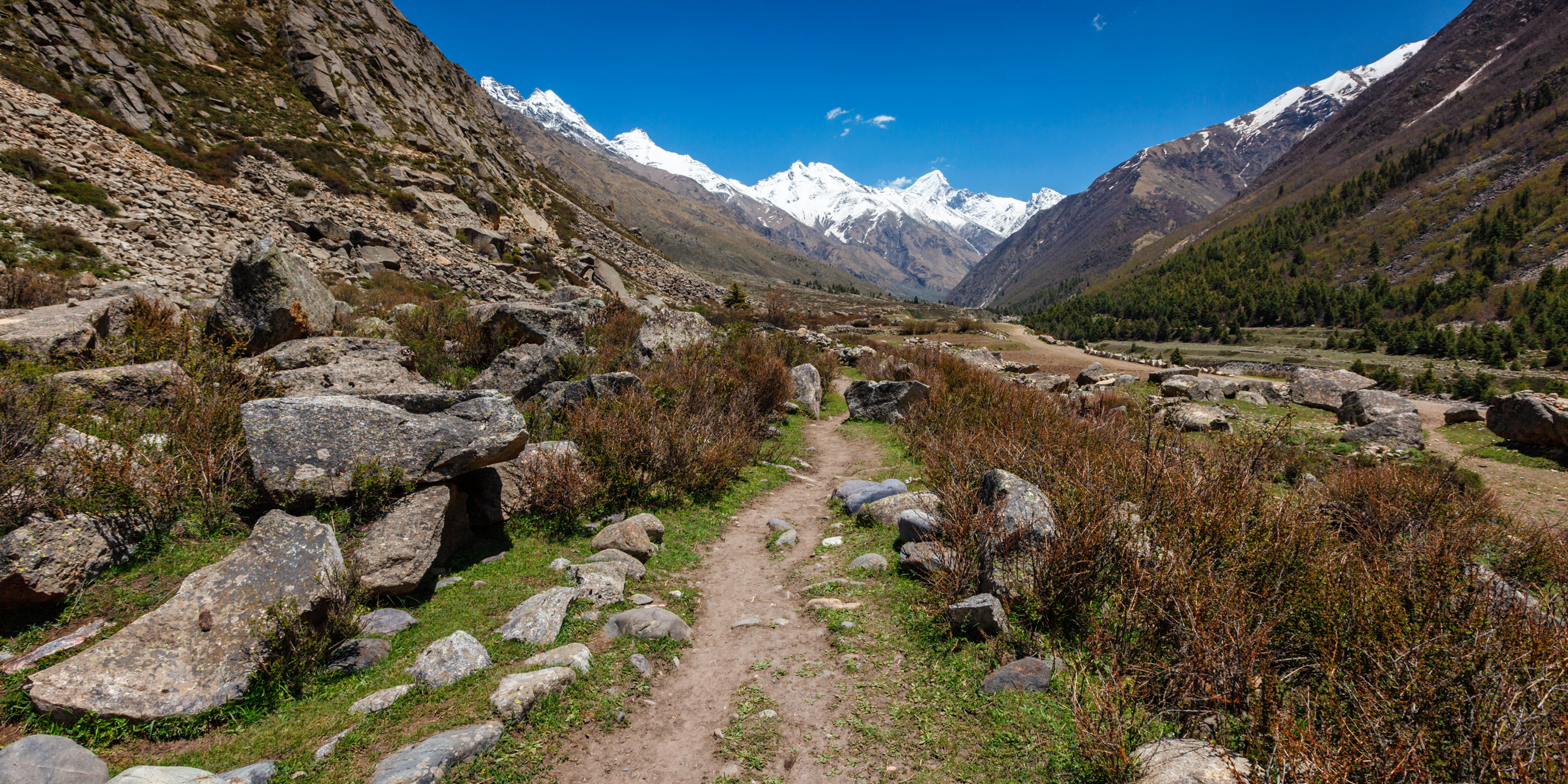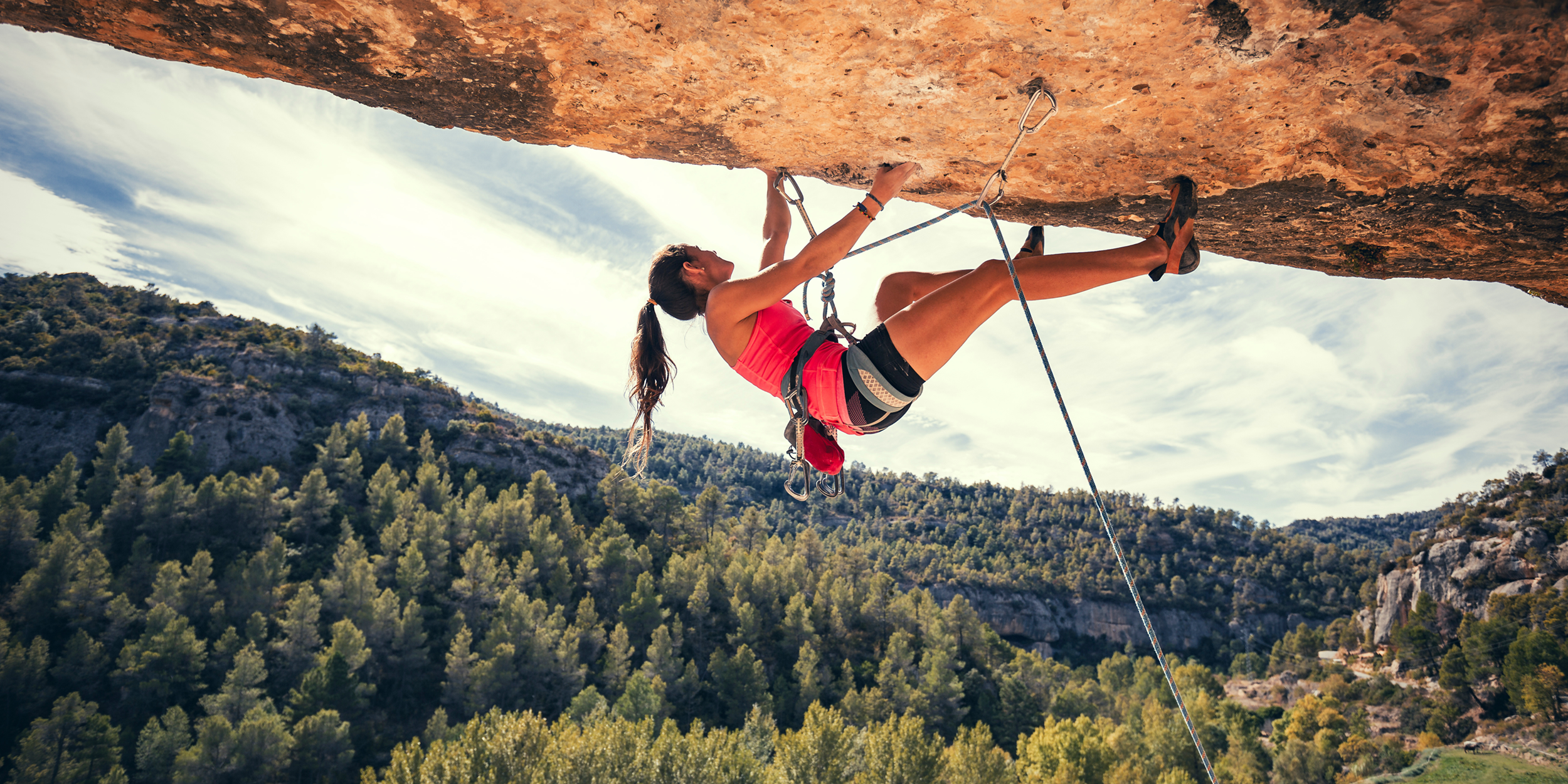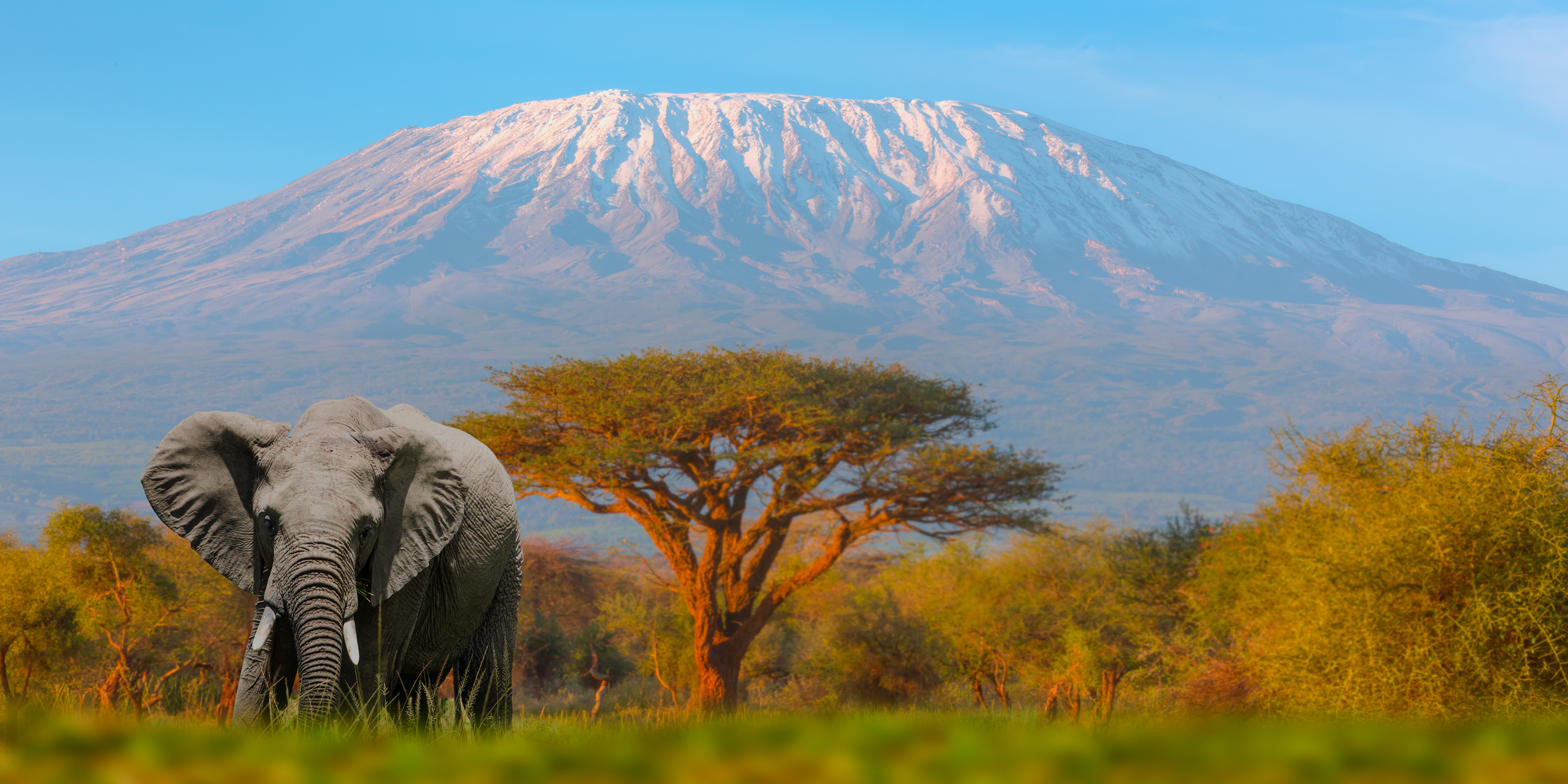Kenya’s tallest mountain, Mount Kenya, is Africa’s second-highest after Kilimanjaro. This extinct volcano is situated in the country’s midsection, near the equator. Historically, the Kikuyu revered Mount Kenya. Since Sir Halford Mackinder first climbed it in 1899, climbers from throughout the world have visited.
Mount Kenya’s stunning views, wild scenery, and uncommon plants and animals are famous. Big lobelia and the uncommon Mount Kenya mouse live on the peak. Climbing Mount Kenya is a unique chance to enjoy the area’s natural splendor while pushing oneself.
Climbing Time Factors
Mount Kenya’s climbing time depends on numerous factors. Acclimatization, fitness, weather, altitude, and route complexity are variables.
Altitude and acclimatization affect Mount Kenya climb times. Climbers have trouble acquiring enough oxygen at higher heights due to thinner air. Failure to manage altitude sickness can be fatal. One must progressively climb higher to adjust to lower oxygen levels. The process takes time.
Fitness and experience affect climbing time. Long hikes and difficult terrain make Mount Kenya climbing difficult. Experienced climbers go faster and make better decisions.
Weather greatly affects Mount Kenya’s climbing time. Mountain weather is generally unpredictable. Winds, rain, and poor visibility make climbing harder and slower.
Route difficulty affects climbing time. There are various easy to difficult Mount Kenya summit climbs. Path difficulty determines summit time.
Mount Kenya Climbing Routes
Mount Kenya has several summit routes. Most travelers take Chogoria, Sirimon, and Naro Moru.
The fastest and most direct path to Mount Kenya is the Naro Moru. It has high scrambling sections and is one of the hardest paths. The ideal route for fit, experienced mountaineers is this.
The Sirimon Route is one of the easiest to Mount Kenya. Its moderate slope and scenic views attract climbers of all abilities. Despite being longer, this path acclimatizes better and is flatter than Naro Moru.
 The Chogoria Route landscape is stunning and varied. Mount Kenya requires a long climb over moorlands, bamboo woodlands, and alpine desert. This trail is one of the most beautiful, but it’s long and steep.
The Chogoria Route landscape is stunning and varied. Mount Kenya requires a long climb over moorlands, bamboo woodlands, and alpine desert. This trail is one of the most beautiful, but it’s long and steep.
Average Mount Kenya Climb Time
The average time to climb Mount Kenya depends on route, fitness, and acclimatization. The average Mount Kenya ascent takes 4–6 days.
The fastest path, the Naro Moru path, takes 3–4 days to climb the peak. Summiting via the Sirimon Route takes 4–5 days. The longest trail, Chogoria, takes five to six days to climb.
Weather, fitness, and climb pace affect average time. Well-prepared and fit climbers may finish faster than less experienced or bad-weather climbers.
Fastest Mount Kenya Climb Record
Ecuadorian mountain runner Karl Egloff holds the quickest Mount Kenya time. In 2014, Egloff climbed and descended Mount Kenya for 2:19. In 2 hours and 34 minutes, Marco De Gasperi’s 1997 record was broken.
With his record-breaking ascent, Egloff showed his athleticism and mountaineering. He worked hard to gain strength and stamina for the ascent. His high-altitude mountain climbing skills helped him adjust quickly.
During his unprecedented climb, Egloff endured strong winds and heavy rain. He proceeded quickly through the difficult parts of the path. Willpower and mental tenacity drove his accomplishment.
Slowest Mount Kenya Climb Record
Some climbed Mount Kenya in record time, some took longer. The slowest climbers ever took over two weeks to ascend Mount Kenya.
Poor weather, inexperience, and illness slowed this climb. Climbers slowed due to illness and insufficient light. The climbers’ inability to adjust to high altitude was another issue.
The slowest ascent ever shows how crucial training is before Mount Kenya. It emphasizes the importance of knowing one’s limits and the risks of climbing too fast.
Recommended Mount Kenya Climb Time
When it’s dry, Mount Kenya is best climbed in January–February and July–October. More stable months have less rain and better skies. Climbing conditions improve.
Mount Kenya has a recommended climbing time depending on the route. The average climb takes 4-6 days. Days for rest and acclimation are included.
Physical fitness is needed to climb Mount Kenya. Climbers should expect difficult terrain and long climbs. Warm clothes, strong hiking boots, and a solid bag are essential.
Time-saving climbing methods
These Mount Kenya climbing tips will boost speed and efficiency.
Physical preparation is essential before climbing Mount Kenya. Exercise includes aerobic, strength, and difficult hiking or walking. Strength and endurance help climbers go faster on the mountain.
Second, climbers should adjust. Ascending to higher elevations and adjusting to lower oxygen levels. Before summiting, climbers can spend a few days at lower altitudes to reduce altitude sickness and increase performance.
Finally, climbers should use efficiency and speed. Take only what you need and don’t overpack. A steady pace and rest and refreshment breaks are also necessary. Climbers should dress for weather changes.
Carrying Climbing Risks
Rushing up Mount Kenya may be tempting, but not wise. Rapid ascents pose many risks.
An important issue is altitude sickness. Climbers have trouble getting enough oxygen at higher elevations due to thinner air. The symptoms of altitude sickness are nausea, headaches, dizziness, and dyspnea. At high elevations, severe cases might cause fatal cerebral or pulmonary edema.
 Rushing upward can tire you. Due to its physical hardship, ascending Mount Kenya without rest can fatigue you and lower your performance. This may increase mountain injuries and accidents.
Rushing upward can tire you. Due to its physical hardship, ascending Mount Kenya without rest can fatigue you and lower your performance. This may increase mountain injuries and accidents.
Finally, climbing faster may impair judgment. Rushing climbers may ignore danger indicators or take unnecessary risks. Safe and slow ascent allows relaxation, acclimatization, and prudent decision-making.
Training and Preparation Matter
A safe and successful Mount Kenya ascent requires proper planning and training. Climbers’ mountain performance depends on mental and physical fitness.
Climbing Mount Kenya involves strength, stamina, and agility, thus fitness is vital. Climbers should run or cycle to increase endurance. Strength training with bodyweight and weightlifting can help you carry a knapsack and navigate difficult terrain. Climbers can also develop balance and agility on stunted terrain.
Mount Kenya climbing takes mental preparedness. High-altitude climbers should expect difficult terrain, weather, and discomfort. Mental toughness and optimism help climbers focus and conquer obstacles.
Successful climbing requires the correct gear. For climbers, sturdy hiking boots with ankle support and traction are needed. Warm gloves, pants, a cap, and a waterproof jacket are needed. First aid, water, hydration, a torch, a sleeping bag, and a backpack are also necessary.
Conclusion and Thoughts
In addition to stunning views, Mount Kenya offers physical difficulties and a chance to push oneself. Caution is needed when climbing. Safe and effective climbing requires planning and training.
Mount Kenya’s climbing time depends on altitude, fitness, weather, and route difficulty. Plan the climb around these considerations and allow time to rest and adjust.
Although tempting, rushing up Mount Kenya might be fatal. Overclimbing can cause tiredness, altitude sickness, and judgment problems. Safe and slow ascent allows relaxation, acclimatization, and prudent decision-making.
Last but not least, climbing Mount Kenya is challenging but rewarding, but it demands strategy, training, and respect. Climbers can improve their chances of reaching the top and seeing Mount Kenya’s stunning beauty by taking the climb seriously and preparing well.

